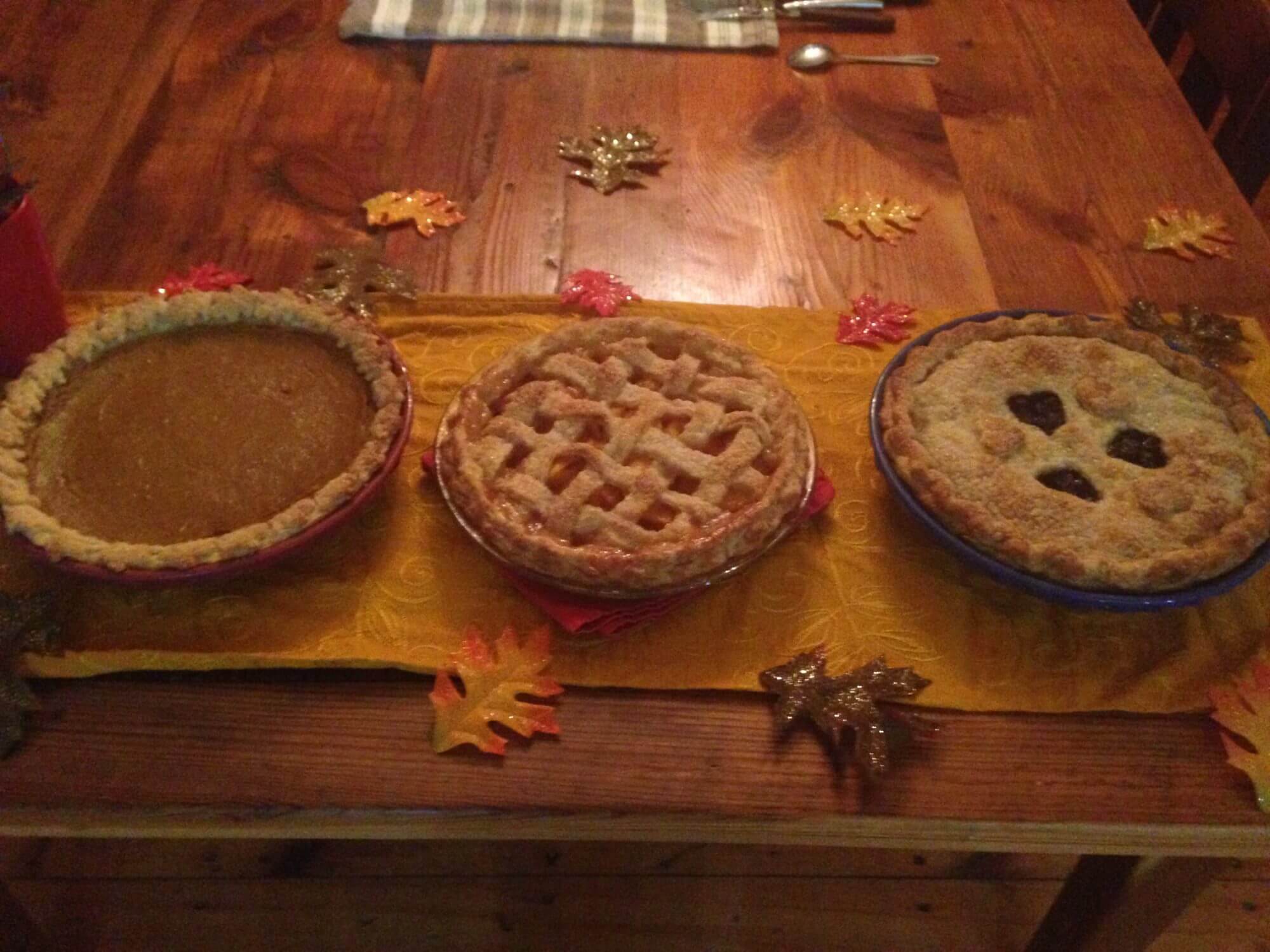
Making pastry from scratch can feel intimidating, but it doesn’t have to be! Often vegans feel they have to miss out on this classic delight because traditional recipes include butter.

In a medium-large bowl, combine the flour, sugar, and salt, and whisk together to mix. Cut the cold vegan butter into ¼-inch cubes, add to the bowl of dry ingredients, and place the entire bowl in the freezer to chill for 10 minutes. (Alternatively, leave to chill in the refrigerator for at least 30 minutes, or up to several hours.)
Using either a pastry cutter or two knives, cut the vegan butter into the flour mixture until the butter pieces are the size of small pebbles. (Alternatively, use a food processor, pulsing a few times until the shortening pieces are the desired size. Be very careful not to allow the dough to gather up into a ball: overworking the dough will result in tough pastry.) Mix together the apple cider vinegar and ice water in a small bowl, then pour over the crumbly dough, mixing together gently with a fork until the dough just holds together. Add in extra ice water as needed, one tablespoon at a time, if the dough is too dry.
Flour a work surface, then gather the dough up into a ball and transfer it from the bowl to the floured surface. Pat the dough out into a rough circle approximately 5 to 6 inches across, then wrap the disc in plastic wrap, place in the refrigerator, and allow to chill for at least 1 hour, or up to a couple days. (The dough can also be frozen at this point, for later use.) Chilling the dough allows the gluten to relax, which will make the crust more tender.
When you’re ready to roll the crust, flour a large piece of parchment paper, unwrap the chilled dough, and place the disc on the floured parchment. Sprinkle some more flour on top of the disc, then use a rolling pin to roll the dough out into a circle that’s a several inches larger than your pie plate. Place the pie plate with the open surface flush against the rolled out crust, then, with one hand under the parchment and one securing the pie plate, flip everything over so the crust is sitting atop the pie plate. Gently peel off the parchment paper, press the crust down into the pie dish, and trim the edges. Decoratively crimp the edge however you like, or leave the edge plain if using a double or lattice crust later, then proceed with your recipe.